Library Makerspaces
Library Makerspaces
The Complete Guide
Theresa Willingham
with contributions by
Chuck Stephens
Steve Willingham
Jeroen de Boer
Rowman & Littlefield
Lanham Boulder New York London
Published by Rowman & Littlefield
A wholly owned subsidiary of The Rowman & Littlefield Publishing Group, Inc.
4501 Forbes Boulevard, Suite 200, Lanham, Maryland 20706
www.rowman.com
Unit A, Whitacre Mews, 26-34 Stannary Street, London SE11 4AB
Copyright 2018 by Rowman & Littlefield
All rights reserved. No part of this book may be reproduced in any form or by any electronic or mechanical means, including information storage and retrieval systems, without written permission from the publisher, except by a reviewer who may quote passages in a review.
British Library Cataloguing in Publication Information Available
Library of Congress Cataloging-in-Publication Data Available
ISBN 9781442277397 (hardback : alk. paper) | ISBN 9781442277403 (pbk. : alk. paper) | ISBN 9781442277410 (electronic)
 The paper used in this publication meets the minimum requirements of American National Standard for Information SciencesPermanence of Paper for Printed Library Materials, ANSI/NISO Z39.48-1992.
The paper used in this publication meets the minimum requirements of American National Standard for Information SciencesPermanence of Paper for Printed Library Materials, ANSI/NISO Z39.48-1992.
Printed in the United States of America
To two of my favorite Makers: Steve Willingham, my husband, business partner, and best friend of almost 40 years, and my great visionary and accomplished friend, Chuck Stephens. This book wouldnt have been possible without their combined expertise, patience, support, and encouragement. Thanks for Making it awesome!
Contents
Preface
Makerspaces in libraries allow everyone to develop critical thinking and problem-solving skills; they facilitate opportunities for collaboration and community engagement that will aid in entrepreneurial thinking, as well as the next generation of STEM jobs. They provide access to tools (from books to 3D printers) and, most importantly, access to each other. Library makerspaces are powerful informal learning spaces that give local community members the ability to create, hack, and make their future.
American Library Association
L ibrary Makerspaces: The Complete Guide comes to press at the height of the growth of creative public spaces in public and academic libraries worldwide. Intended for librarians interested in developing intentional, community-driven makerspaces and related programming in their libraries, this book will take the reader from the most preliminary steps in identifying both library and community capacity to support a space to developing inventory and hosting related programming and events. It draws from the best practices of spaces that have been in existence for two or more years, as well as my own extensive experience as a consultant for libraries interested in developing public makerspaces.
There are plenty of good reasons to embark on the makerspace journey for your library, if you havent done so yet, or enhance the space you have now.
Makerspaces are enabling libraries to transform their relationship with communities and to empower community members of all ages to be creators of information, not just consumers, said American Library Association (ALA) president Barbara Stripling, in a 2014 ALA statement of support for makerspace development in the nations libraries.
Its a telling statement. When I wrote Makerspaces in Libraries with Jeroen De Boer just two years ago, and not long after the issuance of the ALA statement of support, we referenced dozens of library makerspaces then in development. As of this writing, we have personally facilitated staff development for hundreds of librarians in the United States and Europe, and helped with the development of several new library makerspaces in our respective communities. There are now hundreds of public and school library makerspaces throughout the United States, Canada, and Europe, and hundreds more pop-up and soft making spaces, which provide access to such items as 3D printers and sewing machines. Today, library makerspace is even a thing on Wikipedia (https://en.wikipedia.org/wiki/Library_makerspace). There is also an abundant and growing body of research on the topic of makerspaces in libraries and elsewhere, examining everything from equity to community impact.
Why Library Makerspaces Matter
In a March 2016 article for the Atlantic , Miguel Figueroa, director of the Center for the Future of Libraries at the American Library Association, identifies makerspaces as part of libraries expanded mission to be places where people can not only consume knowledge, but [also] create new knowledge. In a related Atlantic article, titled The Library Card, author Deborah Fallows identifies three areas of service that fix libraries as vibrant centers of U.S. cities and towns: technology, education, and community. Makerspaces in libraries clearly address these three areas of service and impact, and function as a natural extension of the librarys institutional legacy.
Says John Palfrey in BiblioTECH: Why Libraries Matter More Than Ever in the Age of Google ,
The library as an institution has been fundamental to the success of our democracy. Libraries provide access to the skills and knowledge necessary to fulfill our roles as active citizens. Libraries also function as essential equalizing institutions in our society. For as long as a library exists in most communities, staffed with trained librarians, it remains true that individuals access to our shared culture is not dictated by however much money they have.
Makerspaces in libraries amp up that equitability by providing, in addition to books and Internet access, access to tools and other creative resources. However, while theres a lot of interest in creating these new spaces, inspired by success stories of existing spaces like we share in Makerspaces in Libraries , theres also some confusion by newcomers on just how to go about doing that and sometimes why to do it at all. School and public library librarians are finding themselves with new collections among the stacks, namely 3D printers, MaKey MaKey and littleBits kits, and these things called Arduinos, along with sometimes-vague, new directives from above and from without, about creative content delivery.
Taking Next Steps with Library Makerspaces: The Complete Guide
The following question is naturally arising in some libraries and communities: Are we creating new spaces and programs because theyre needed or just because everyone else is doing it? Thats a good question and an important one to ask for libraries and any institution or organization considering a journey into the makerspace/hackerspace/FabLab field of dreams.
In the 1991 book Crossing the Chasm , author Geoffrey Moore proposes that a gap exists between the early adopters of technology and the mass market that uses that technology. The book mostly focuses on product technology but also has applications in the adoption of almost any new concept or idea. In Rethinking Crossing the Chasm, written 15 years later, ReadWrite blogger Alex Iskold makes some sage observations that have even more relevance to library makerspace development. He writes,
Often, what works for early adopters does not work for the mainstream, and the other way around. Early adopters are typically techies; they want power tools; they eat, sleep, and drink tech; they are spoiled. Mainstream users are technophobic; they need one button at most; they freak out when things change... the lucky ones that do get to the chasm today are going to face a big problem that did not exist just a few years ago.
Freak out and technophobic are extremes that probably dont apply to most librarians, but the basic tenet holds true: Its easier for early adopters of anything to jump right on board with a new idea theyre already interested in and totally get. Its something else entirely, with a potentially steep learning curve, for those learning about a new idea or concept for the first time. Expectations should not and cannot be the same. Later adopters will need a little more help crossing the chasm, clearer purpose, more resources, better illustrations, and a stronger helping hand.
Next page
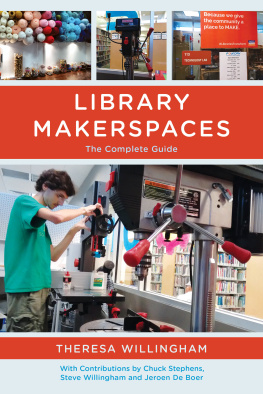
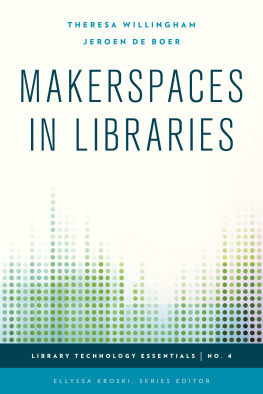

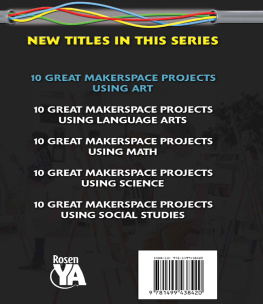
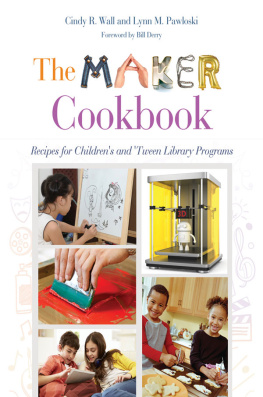
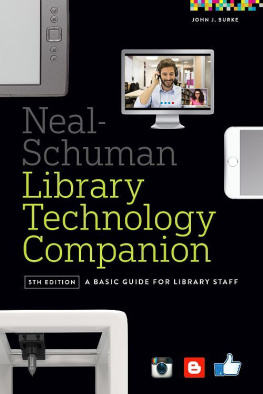
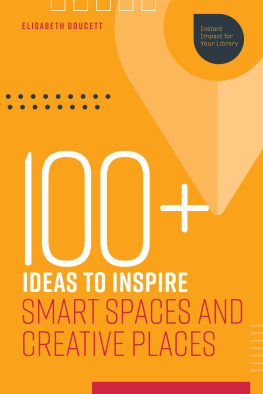
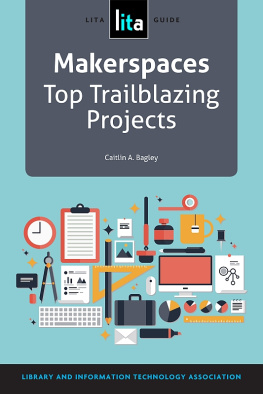
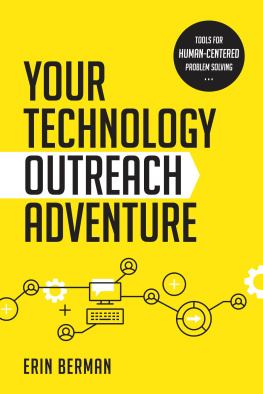
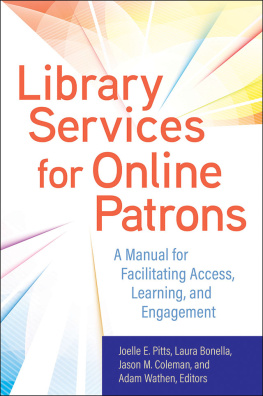
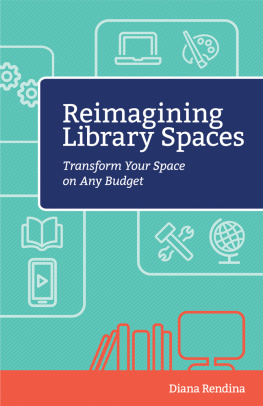
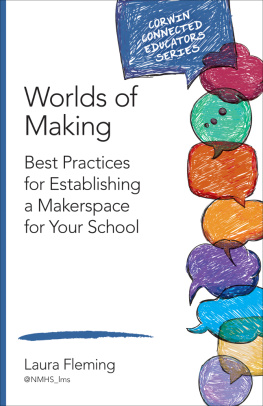
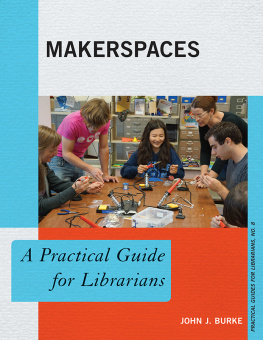
 The paper used in this publication meets the minimum requirements of American National Standard for Information SciencesPermanence of Paper for Printed Library Materials, ANSI/NISO Z39.48-1992.
The paper used in this publication meets the minimum requirements of American National Standard for Information SciencesPermanence of Paper for Printed Library Materials, ANSI/NISO Z39.48-1992.